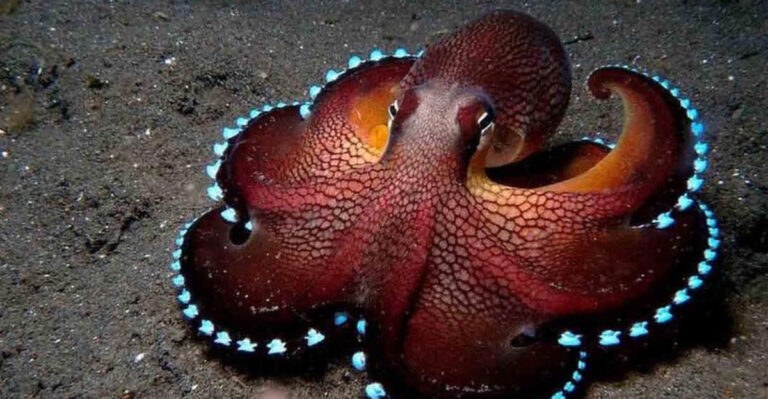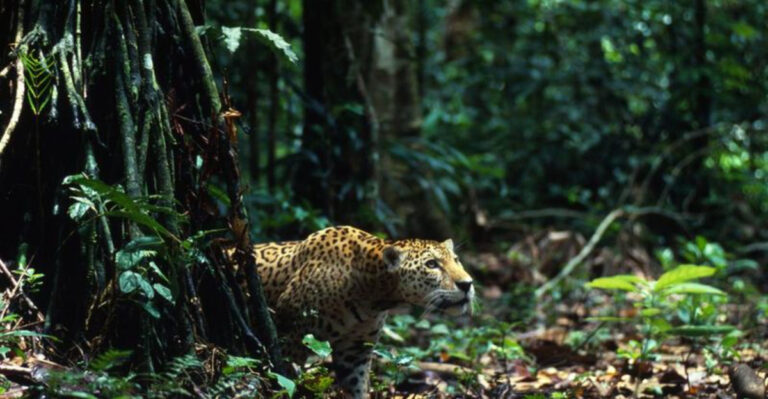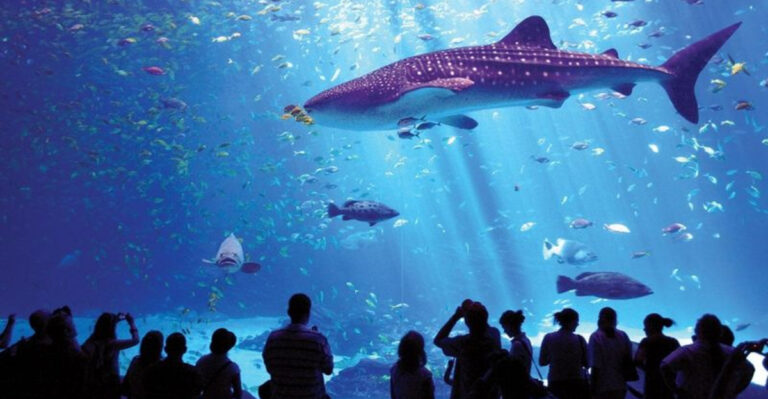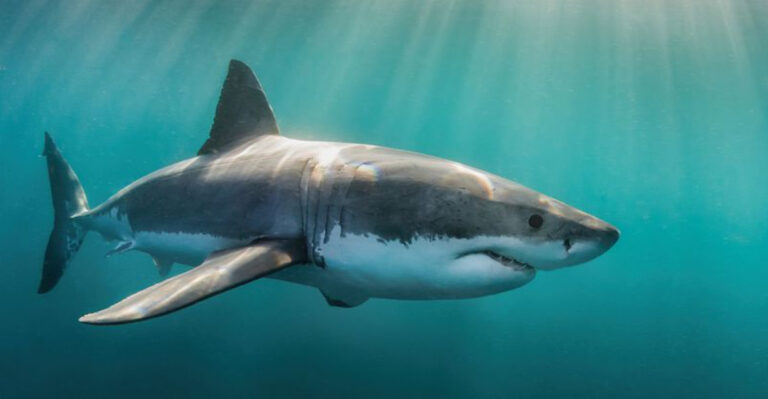Everything You Need To Know About Stingray Teeth
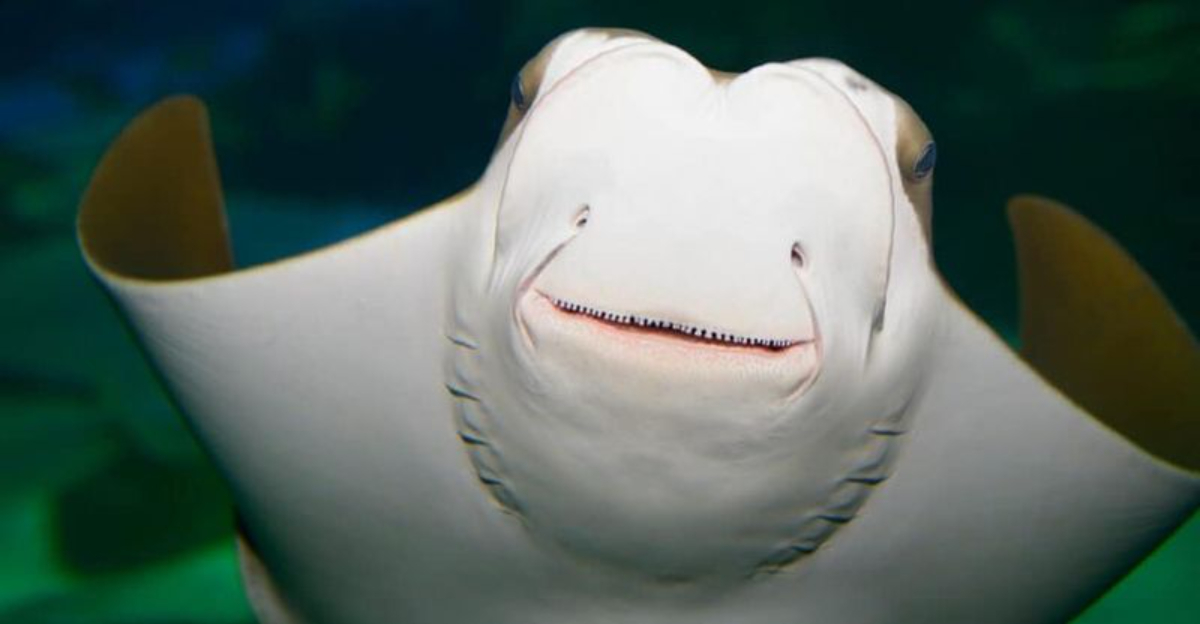
Ever wondered what’s going on inside a stingray’s mouth? These flat ocean dwellers might look smooth and simple, but their dental situation is anything but ordinary!
Stingrays have some of the most specialized teeth in the ocean, perfectly adapted for their unique lifestyle and eating habits.
1. Crushing Machines, Not Stabbing Tools
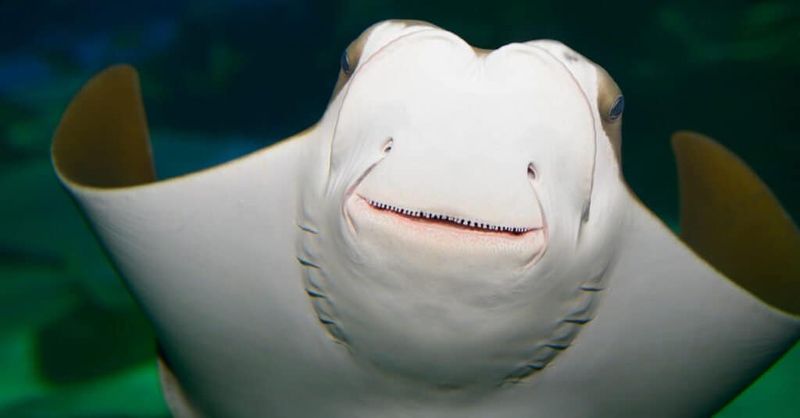
Stingray teeth aren’t sharp fangs but flat, rounded plates designed for crushing. They work like tiny mortar and pestles, grinding shells and hard exoskeletons into manageable bits.
Unlike our teeth that cut and tear, stingray teeth smash and pulverize. Think of them as nature’s nutcrackers of the sea!
2. Constantly Replacing Their Chompers
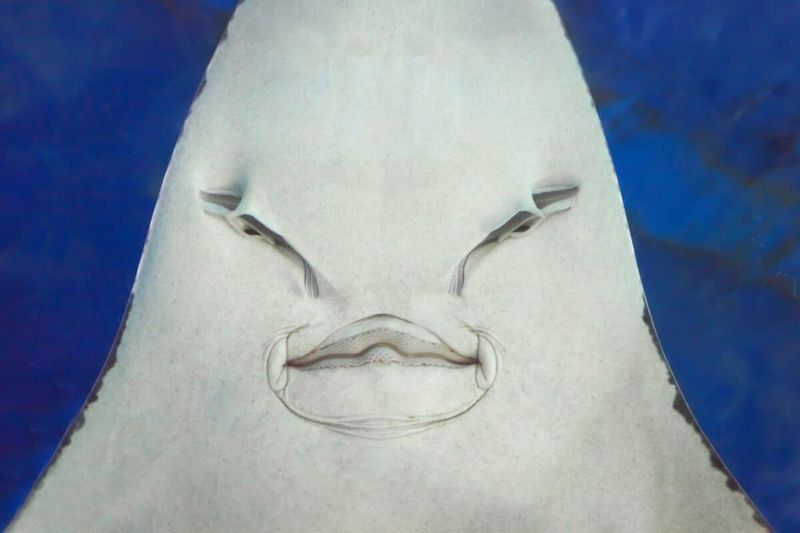
Stingrays don’t worry about cavities because they’re constantly growing new teeth! The front row gets worn down from all that crushing, then falls out as fresh teeth move forward from the back.
This conveyor belt system ensures they always have strong teeth for hunting. Some species replace an entire row every 7-10 days!
3. Mosaic Mouth Floors
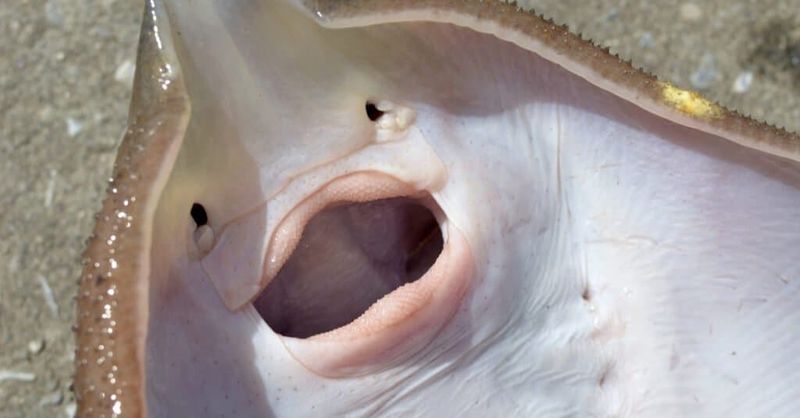
Look inside a stingray’s mouth and you’ll see what resembles a cobblestone street. Their teeth lock together in tight formations creating a sturdy crushing surface.
Each tooth connects to its neighbors like puzzle pieces. This arrangement prevents gaps when crushing prey and maximizes the force applied to hard shells.
4. No Two Species Smile Alike
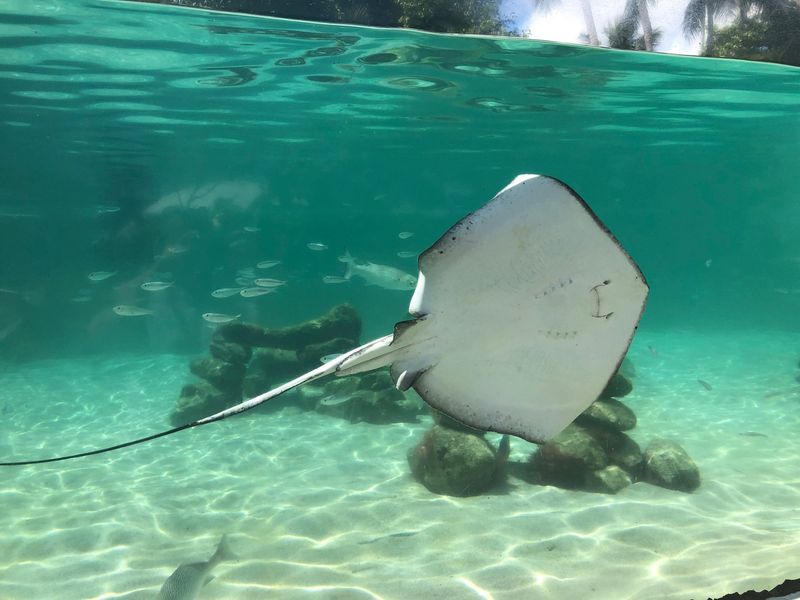
Stingray teeth vary dramatically between species, reflecting their preferred diet. Some have pointed teeth for grabbing slippery prey, while others sport flat plates for crushing shellfish.
Eagle rays have diamond-shaped teeth arranged in chevron patterns. Manta rays, who filter feed, have nearly invisible teeth that serve little purpose!
5. Ancient Dental History
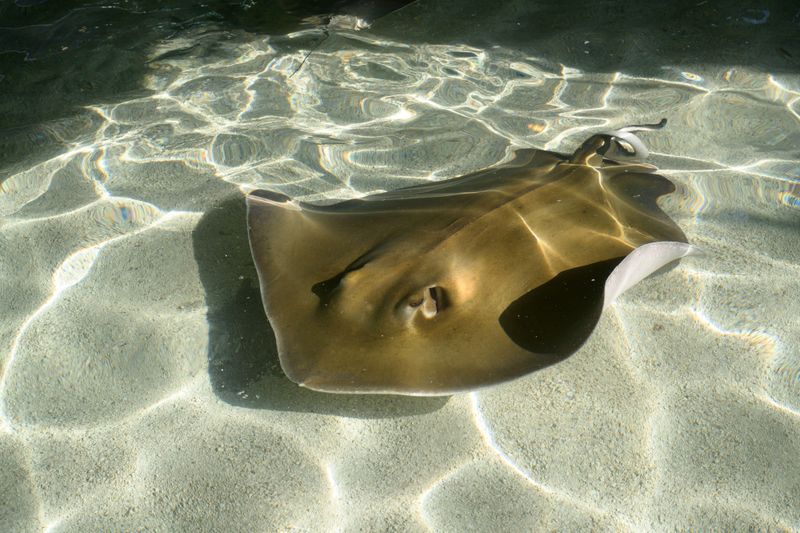
Fossilized stingray teeth date back over 100 million years! These dental relics, called “button teeth,” are among the most common shark-related fossils found worldwide.
Beach combers often discover these shiny, dark buttons without realizing they’re holding ancient stingray teeth. Some fossil specimens show remarkably little evolutionary change over millions of years.
6. Dental Fingerprints
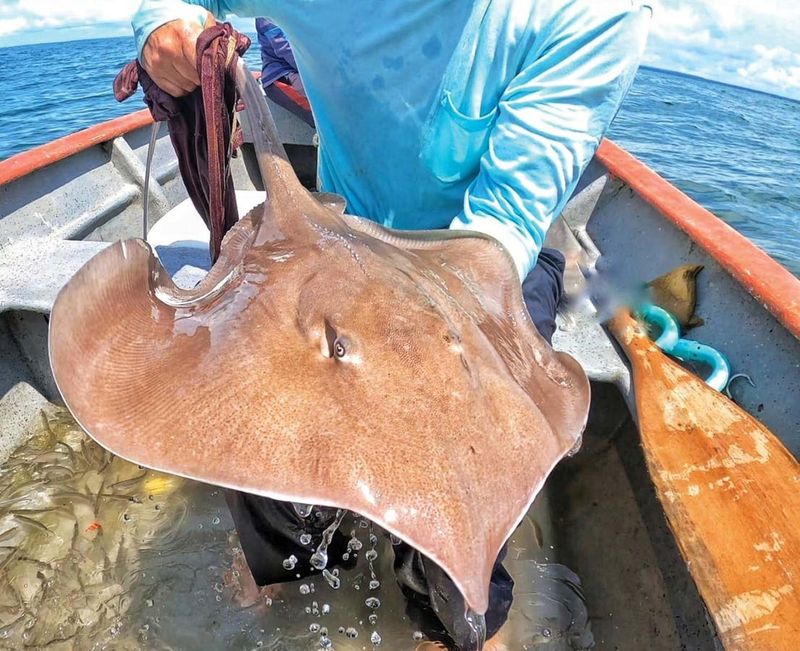
Scientists can identify stingray species just from their teeth! The unique patterns and arrangements are so specific they work like fingerprints for identification.
Marine biologists studying prehistoric oceans rely heavily on stingray dental fossils. A single tooth can reveal not just the species but also clues about ancient marine ecosystems and diets.
7. Mineral-Rich Mouthful
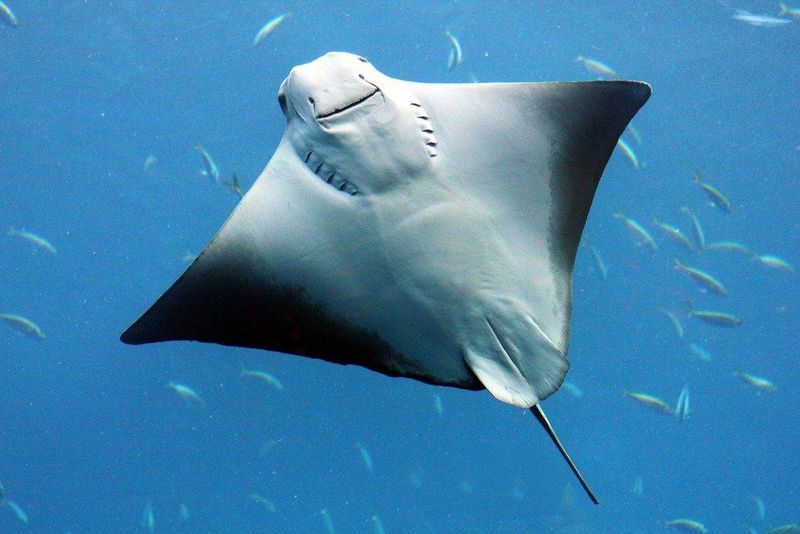
Stingray teeth contain some of the hardest natural materials in the ocean! They’re packed with minerals like calcium phosphate that create exceptional durability.
This hardness allows them to crush oysters, clams, and crabs without breaking. Some species even have teeth reinforced with fluoride, just like the treatment your dentist recommends!
8. No Toothbrush Needed
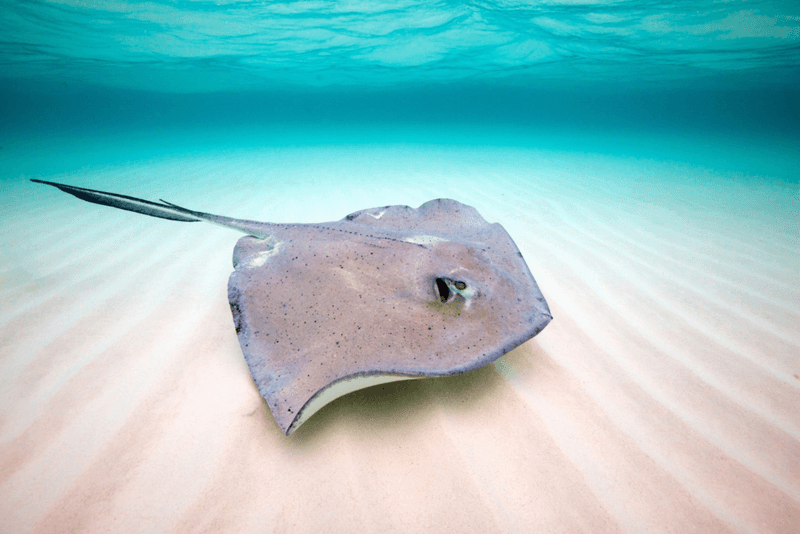
Stingrays never worry about dental hygiene! Their constant tooth replacement eliminates the need for cleaning, and their diet naturally helps keep their mouths healthy.
The abrasive action of crushing shellfish actually helps remove particles and debris. Plus, seawater naturally rinses their mouth with every breath they take through their gill slits!
9. Jaw-Dropping Strength
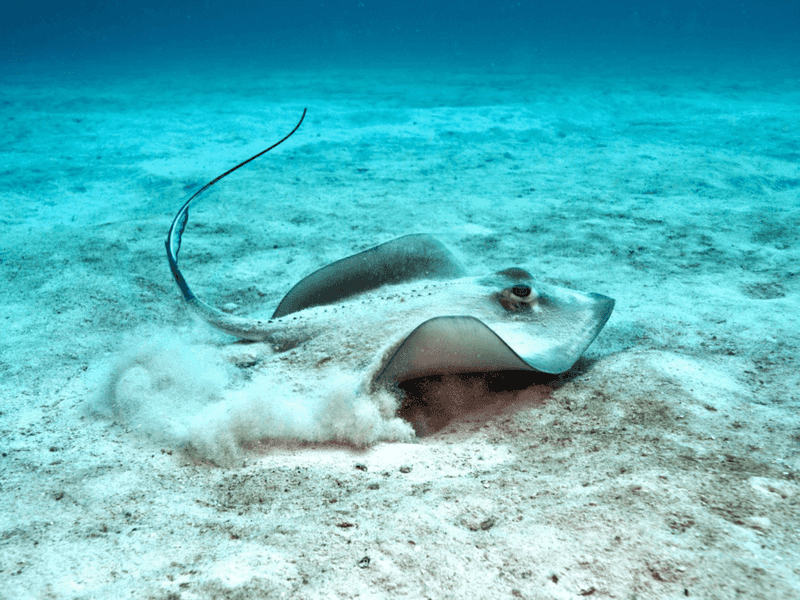
The crushing power of stingray jaws is impressive! Large species can exert enough pressure to crack open thick-shelled mollusks that would require a hammer for humans to open.
This strength comes from specialized jaw muscles and the mechanical advantage of their unique mouth design. Some rays can generate bite forces exceeding 80 pounds per square inch!
10. Taste-Testing Teeth
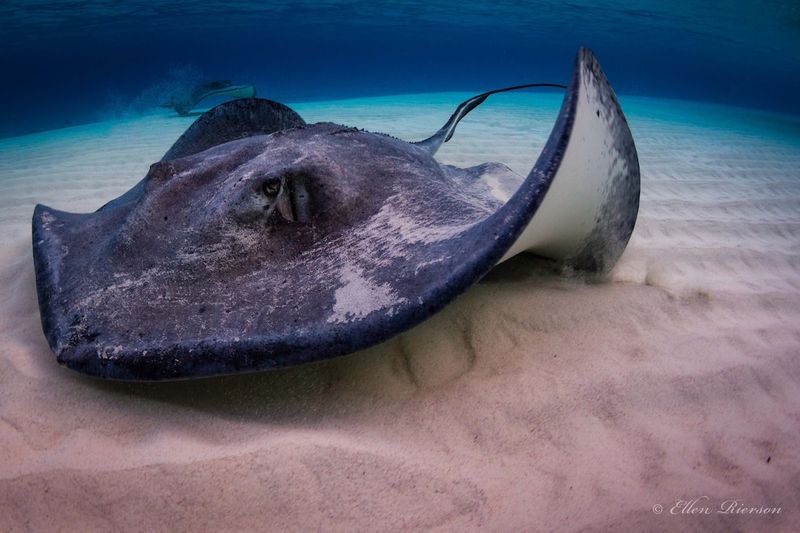
Surprisingly, stingray teeth help them taste their food! Sensory cells near their dental plates detect chemicals released when crushing prey.
This allows them to determine if what they’re eating is worth swallowing. Imagine if your teeth could taste – you’d know immediately if that mystery berry was sweet or poisonous!
11. Dental Detectives
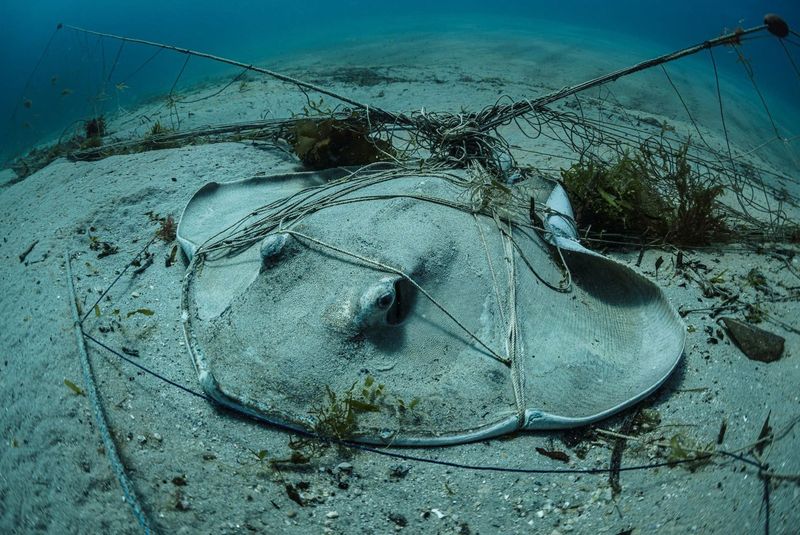
Marine biologists become dental detectives when studying stingrays! By examining stomach contents and tooth wear patterns, they can determine exactly what a ray has been eating.
This non-invasive research helps track ecosystem health and prey populations. The teeth essentially record a stingray’s dietary history like rings in a tree trunk.
12. Toothless Early Life
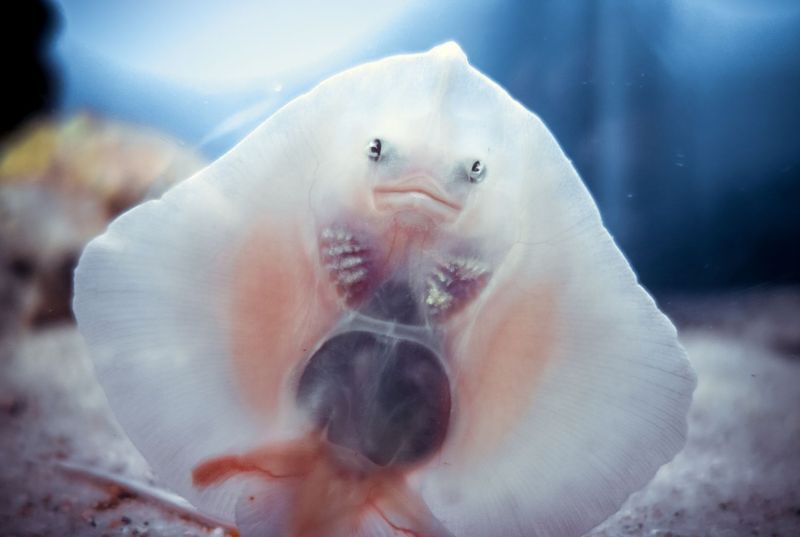
Baby stingrays start life without functional teeth! Newborn pups have soft dental plates that harden over their first weeks of life.
During this vulnerable period, they feed on soft-bodied organisms and leftover yolk reserves. Their mother sometimes pre-crushes food for them until their teeth develop fully – nature’s version of baby food!
13. Human Uses Throughout History
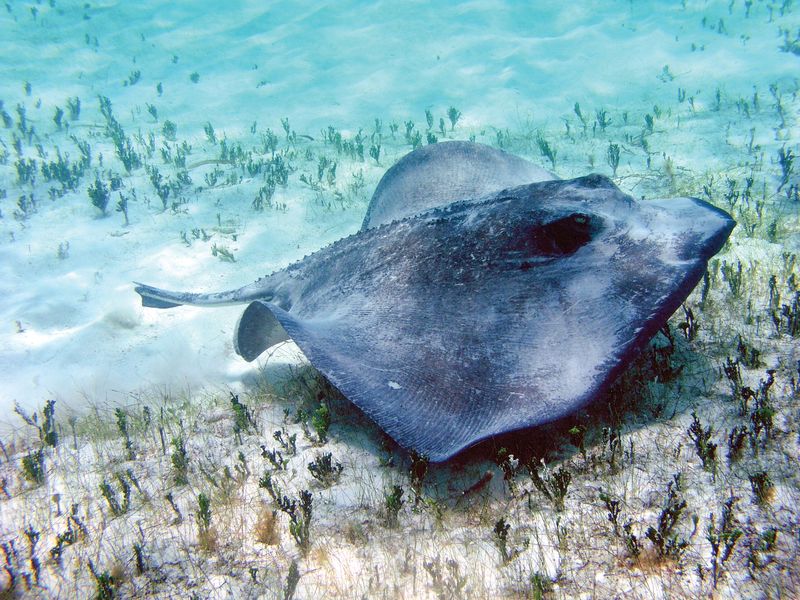
Indigenous coastal peoples have used stingray teeth as tools for centuries! Their naturally rough texture made them perfect for filing, scraping, and even as arrowheads.
Some Pacific Island cultures fashioned stingray teeth into ceremonial weapons. Modern researchers study their unique structure for inspiration in designing durable materials for industrial crushing applications.
14. Evolutionary Marvel
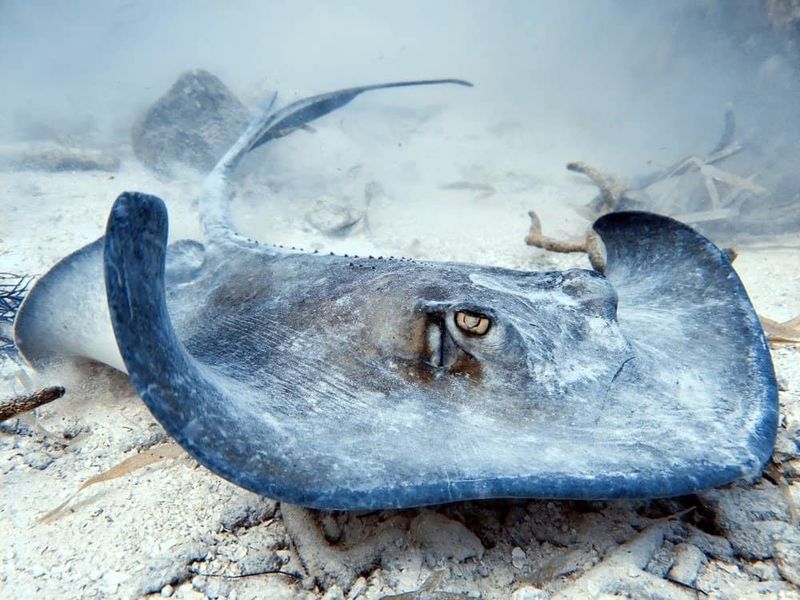
Stingray teeth represent an evolutionary marvel that’s remained largely unchanged for millions of years. This dental design was so successful that nature never needed to significantly upgrade it!
While mammals evolved complex teeth with different shapes for different functions, rays perfected a simpler system that works perfectly for their needs. A true case of evolutionary perfection!


